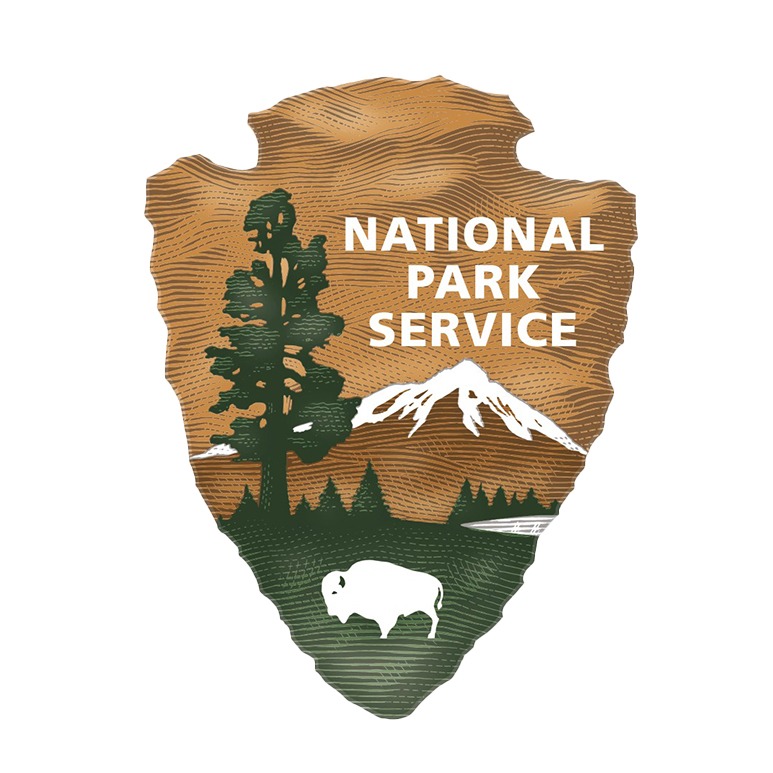*This is a 2022 archived project, view this year’s projects here.
Project overview: Identify, map, and select rare species of 19th and early 20th century heirloom apple trees in Yosemite’s historic orchards.
How your support helps: Beginning in the 1850s, Yosemite homesteaders planted orchards to grow produce for the people and livestock that were surging into the newly publicized part of the Sierra. Today, those still-standing orchards are recognized not just for their rare heirloom fruits, but also as links to the park’s past.
The Yosemite Valley orchards are the largest orchards from the 1850s to 1860s in California and the oldest intact examples of orchards from this era in the U.S. National Park System. The historic orchards in Foresta, El Portal, and Wawona represent 19th and early 20th century agricultural development near the park boundaries.
Together, these orchards preserve a collection of historical apple cultivars, or unique species that people have selectively bred for desired traits. Many of these trees could be the world’s only remaining specimens of certain historical apple trees, and several cultivars identified through previous genetic testing are only known to be preserved in Yosemite.
This year: In 2022, researchers will locate and map these rare and historical apple tree specimens across Yosemite’s orchards. Once the specimens are identified, they’ll prune the plants as needed to encourage new growth and tag the trees for later propagation. Your gifts are funding an important step in preserving the historical and horticultural value of Yosemite’s 19th- and early 20th-century fruit trees.
Project partners: Yosemite National Park, John Muir National Historic Site, and USDA Agricultural Research Service

